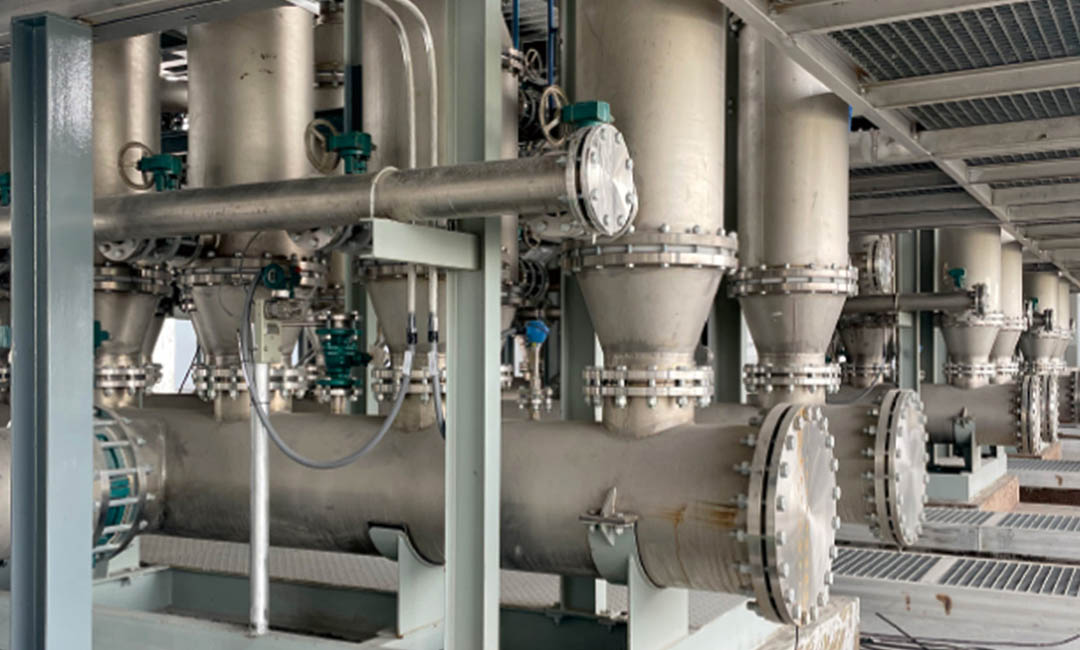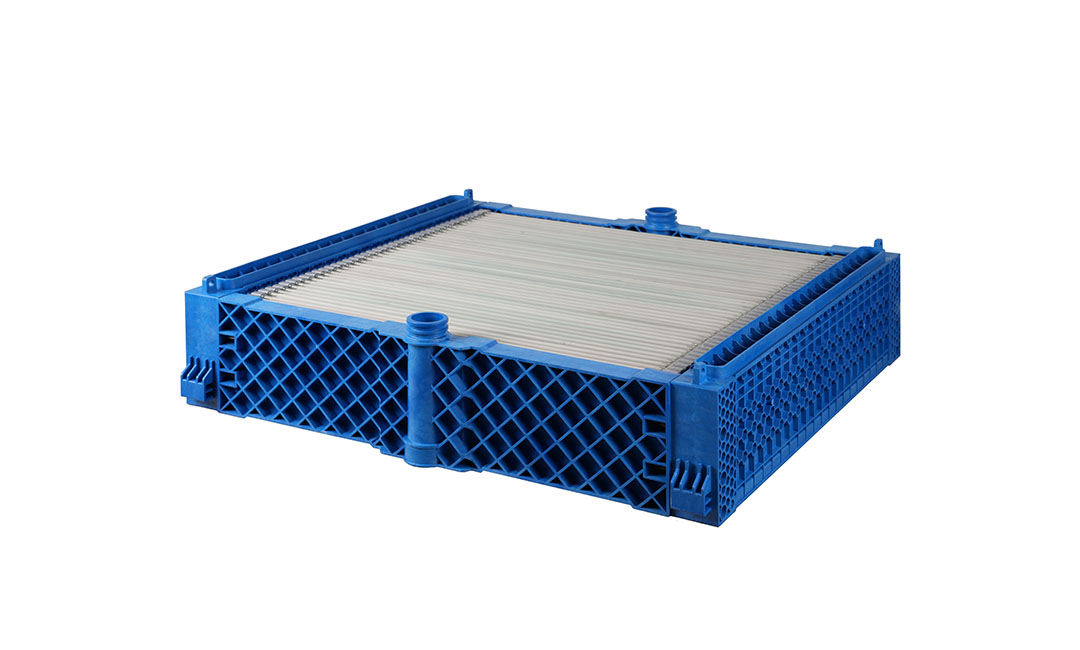Benefits of Using Tubular SiC Membranes for Gas Filtration
Gas filtration is a critical process in various industries, including petrochemical, pharmaceutical, and food and beverage. The efficiency and effectiveness of gas filtration systems can have a significant impact on the quality of the final product, as well as on the overall operational costs of the facility. One of the key components of a gas filtration system is the membrane used to separate the desired gases from contaminants. Tubular silicon carbide (SiC) membranes have emerged as a popular choice for gas filtration due to their superior performance and durability.
Tubular SiC membranes offer several benefits that make them an attractive option for gas filtration applications. One of the key advantages of tubular SiC membranes is their high thermal and chemical stability. SiC is known for its excellent resistance to high temperatures and harsh chemicals, making it ideal for use in demanding industrial environments. This stability allows tubular SiC membranes to maintain their performance over extended periods, reducing the need for frequent replacements and minimizing downtime.
In addition to their stability, tubular SiC membranes also offer high mechanical strength and abrasion resistance. This durability ensures that the membranes can withstand the rigors of industrial operations, including high pressures and abrasive particles. As a result, tubular SiC membranes have a longer service life compared to other membrane materials, leading to cost savings for the facility in terms of maintenance and replacement costs.

Another key benefit of using tubular SiC membranes for gas filtration is their high permeability and selectivity. SiC membranes have a unique pore structure that allows for efficient gas separation while maintaining high flow rates. This high permeability enables faster filtration processes, improving overall productivity and efficiency. Additionally, tubular SiC membranes exhibit excellent selectivity, allowing them to effectively separate specific gases from mixtures with high precision.
Furthermore, tubular SiC membranes offer a large surface area for gas filtration, maximizing the efficiency of the process. The tubular design of these membranes allows for a compact and space-saving configuration, making them suitable for use in tight spaces or existing filtration systems. This design also facilitates easy installation and maintenance, further enhancing the convenience of using tubular SiC membranes for gas filtration applications.
Overall, the benefits of using tubular SiC membranes for gas filtration are clear. Their high thermal and chemical stability, mechanical strength, permeability, selectivity, and large surface area make them an excellent choice for demanding industrial applications. By maximizing gas filtration efficiency and minimizing operational costs, tubular SiC membranes can help facilities achieve optimal performance and productivity in their gas filtration processes. As the demand for high-quality gas filtration solutions continues to grow, tubular SiC membranes are poised to play a crucial role in meeting the needs of various industries.
Comparison of Tubular SiC Membranes with Other Gas Filtration Technologies
Gas filtration is a critical process in various industries, including petrochemical, pharmaceutical, and food and beverage. The efficiency of gas filtration systems can have a significant impact on the quality of the final product, as well as on the overall operational costs of the facility. One technology that has gained popularity in recent years for gas filtration applications is tubular silicon carbide (SiC) membranes. These membranes offer several advantages over traditional gas filtration technologies, such as ceramic membranes and polymeric membranes.
One of the key advantages of tubular SiC membranes is their high thermal and chemical stability. SiC is known for its excellent resistance to high temperatures and harsh chemicals, making it an ideal material for gas filtration applications in demanding environments. This stability allows tubular SiC membranes to maintain their performance over extended periods, reducing the need for frequent maintenance and replacement.
In addition to their stability, tubular SiC membranes also offer superior mechanical strength compared to other gas filtration technologies. This strength allows the membranes to withstand high pressures and flow rates, making them suitable for a wide range of gas filtration applications. The robust nature of tubular SiC membranes ensures reliable and consistent performance, even in challenging operating conditions.
Another advantage of tubular SiC membranes is their high selectivity and permeability. These membranes are designed to selectively separate gases based on their molecular size and properties, allowing for precise control over the filtration process. The high permeability of tubular SiC membranes enables efficient gas separation and purification, resulting in high-quality output with minimal energy consumption.
Furthermore, tubular SiC membranes offer excellent fouling resistance, which is a common issue in gas filtration systems. The smooth surface of SiC membranes prevents the accumulation of contaminants and particulates, reducing the risk of fouling and maintaining optimal filtration performance. This fouling resistance extends the lifespan of tubular SiC membranes and minimizes downtime for cleaning and maintenance.
Compared to ceramic membranes, tubular SiC membranes have a higher flux rate and lower energy consumption, making them a cost-effective solution for gas filtration applications. The superior mechanical strength and stability of SiC membranes also make them more durable and reliable than polymeric membranes, which are prone to degradation and fouling.

Overall, tubular SiC membranes offer a combination of high performance, durability, and cost-effectiveness that make them an attractive option for gas filtration applications. Their thermal and chemical stability, mechanical strength, selectivity, permeability, and fouling resistance set them apart from other gas filtration technologies, providing a reliable and efficient solution for industries that require precise gas separation and purification.
In conclusion, tubular SiC membranes are a versatile and effective technology for maximizing gas filtration efficiency. Their unique properties make them well-suited for a wide range of applications, from industrial gas processing to environmental protection. By choosing tubular SiC membranes for gas filtration, industries can achieve superior performance, reliability, and cost savings, ultimately enhancing their overall operational efficiency and product quality.
Tips for Maximizing Efficiency and Longevity of Tubular SiC Membranes in Gas Filtration Systems
Gas filtration systems play a crucial role in various industries, ensuring that harmful contaminants are removed from gases before they are released into the environment. Tubular silicon carbide (SiC) membranes have emerged as a popular choice for gas filtration due to their high thermal stability, chemical resistance, and mechanical strength. To maximize the efficiency and longevity of tubular SiC membranes in gas filtration systems, it is essential to follow certain tips and best practices.
One of the key factors in maximizing the performance of tubular SiC membranes is proper installation and maintenance. It is important to ensure that the membranes are installed correctly, with proper support and alignment to prevent any damage during operation. Regular inspection and maintenance of the membranes are also crucial to identify any potential issues early on and prevent costly repairs or replacements.
In addition to proper installation and maintenance, optimizing the operating conditions of the gas filtration system is essential for maximizing the efficiency of tubular SiC membranes. This includes controlling the temperature, pressure, and flow rate of the gases passing through the membranes to ensure optimal performance. It is also important to monitor the gas composition and adjust the operating parameters accordingly to achieve the desired level of filtration.
Another important aspect to consider when maximizing the efficiency of tubular SiC membranes is the selection of the appropriate membrane pore size. The pore size of the membranes determines the size of particles that can be filtered out, so it is important to choose a pore size that is suitable for the specific application. It is also important to consider the surface area of the membranes, as a larger surface area can increase the filtration capacity and efficiency of the system.
Furthermore, proper cleaning and regeneration of tubular SiC membranes are essential for maintaining their performance and longevity. Regular cleaning with appropriate cleaning agents can help remove any fouling or deposits on the membrane surface, ensuring optimal filtration efficiency. Regeneration processes, such as backwashing or chemical cleaning, can also help restore the performance of the membranes and extend their lifespan.
In addition to these tips, it is important to consider the compatibility of tubular SiC membranes with the gases being filtered. Some gases may be corrosive or reactive, which can affect the performance and longevity of the membranes. It is important to select membranes that are chemically resistant to the gases being filtered to ensure long-term reliability and efficiency.
Overall, maximizing the efficiency and longevity of tubular SiC membranes in gas filtration systems requires a combination of proper installation, maintenance, optimization of operating conditions, selection of appropriate pore size, cleaning and regeneration, and consideration of gas compatibility. By following these tips and best practices, industries can ensure that their gas filtration systems operate at peak performance, providing effective and reliable filtration of harmful contaminants.

